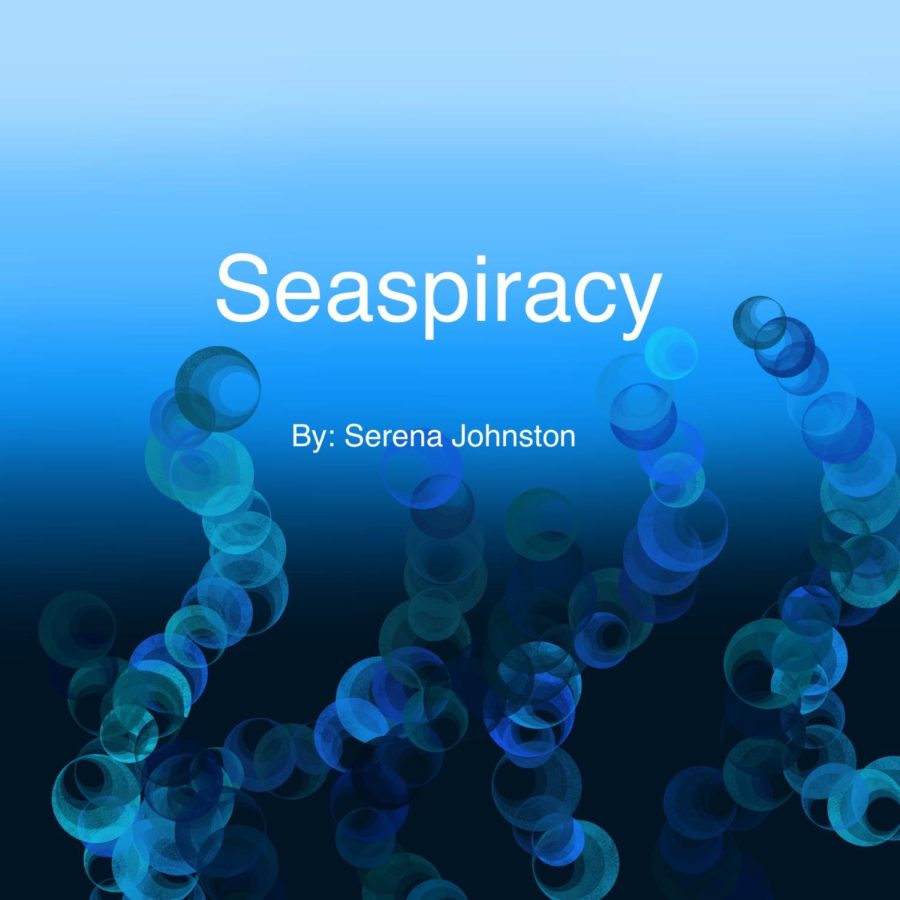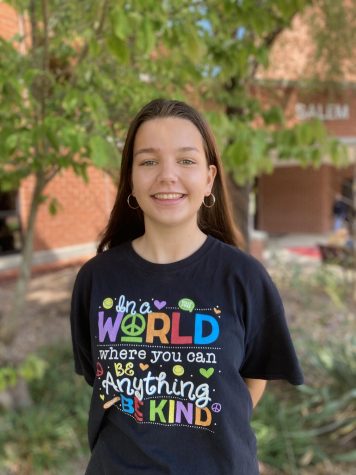Commercial fishing is impacting the climate more than you know
Netflix’s Seaspiracy teaches watchers how the fishing industry contributes to pollution
June 13, 2022
Every year, more documentaries come out with the goal of exposing the dangers of climate change.
In 2021 Seaspiracy was released on Netflix. It sends a shocking message about how commercial fishing contributes to pollution and climate change.
There is not one organism in the ocean that does not have a purpose. Everything is balanced and humanity has an unfortunate talent for destroying that balance.
The “seaspiracy” is that the commercial fishing industry is immensely corrupt .
Bluefin tuna is a million-dollar industry. Seaspiracy brings light to the Japanese fishing industry; the world’s top exporter of tuna, and the lengths that they take to stay on top.
According to the documentary, the first step is to eliminate competitors. Dolphins eat bluefin tuna and because of this, fishermen will slaughter dolphins and sell the babies to marine parks for even more prophet.
In fact, according to Lucy, a photographer in Seaspiracy “from 2000 to 2015 for every one dolphin captured [to be sold to marine parks], at least 12 more were killed.”
Earth Island Institute is working to stop the slaughtering of dolphins. The dolphin-safe label, which is often found on cans of tuna and other foods, is essentially the company’s signature that no dolphins were killed in order to obtain the fish. Except it is not guaranteed.
Mark J. Palmer, a member of Earth Island Institute verifies in Seaspiracy that not every can is guaranteed to be dolphin-safe. “We have observers on board. The observers can be bribed,” he says. And that is when they are even out there, which according to Palmer they are not “on a regular basis, no.”
It comes down to business. They are taking the captain’s word that they didn’t kill any dolphins and then selling the dolphin-safe label for profit.
So not only are other animals being slaughtered to obtain the tuna, but the process of commercial fishing is extremely damaging to the environment via pollution.
George Monbiot, a journalist, author, and environmentalist says in the documentary, “Forty-six percent of [The great Pacific garbage patch] is fishing nets…which are far more dangerous for marine life than plastic straws.”
Yet no one is talking about it.
Commercial fishing has very little regard, if any, for what they are leaving behind and the quantity of fish they are killing
Overfishing to supply the world’s population is detrimental to the oceans and we are starting to feel it. But it is nothing compared to what’s coming.
According to Seaspiracy “one of the world’s leading fisheries experts estimates that if current fishing trends continue, we will see virtually empty oceans by the year 2048.”
There is no real definition for sustainable fishing so there is no real line drawn as to which fishing is sustainable and which is not.
To learn more about the fishing industry check out The Guardian’s The myth of ‘sustainable’ fishing and NPR’s Is Sustainable-Labeled Seafood Really Sustainable?

